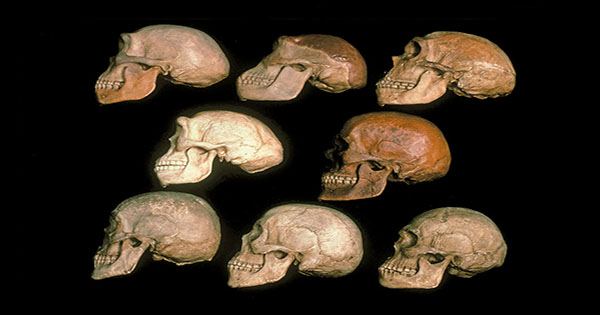Just 20 years ago, the fossils of a mysterious creature were discovered in the Zanzibar Desert of Chad. It is believed to be about 7million years old and represents a species of authentic walking hominin, which it thinks may be the most ancient human ancestor discovered.
In a new study published in the Journal of Human Evolution, four anthropologists have argued that it was not an authentic hominin and was probably an ape-like animal that walked all around. As such, species cannot be “human” as once thought. Over the years, suspicion and controversy have surrounded this conspiracy.
The species is known as Sahelanthropus tchadensis, after the Sahel region of northern Chad where it was discovered. The person was dubbed Toumaï in Chadian Daza language as “expectation of life”.
Its original discovery centered on an almost complete cranium and the remains of a lower jaw fossil. Preliminary analysis of the skull Foreman Magnum – the hole at the base of the skull through which the spinal cord flows – was a vertical posture of the species and, therefore, walks upright on two legs. This indicates that the species was a binary hominid and that it may be considered a direct human ancestor.
They also discovered a left femur bone nearby, which is believed to belong to it as well. However, the sample has become somewhat disguised. Most unusually, very few researchers were allowed to physically test it, and the team that discovered it rarely published any work on it.
Fossils have been found in north-central Africa, while other hominin fossils originally came from eastern and southern Africa. Dating fossils for nearly 7 million years is surprisingly close to human-chimpanzee migration when the ancestors of these two species split on evolutionary plants. Other researchers also suspect that the skull shows whether the animal was actually a steep bipedal. In fact, they suggest that the specimen has some significant similarities with other apes. Of course, the “disappearance” of the femur bone is further submerged in water.
This new study casts further doubt on the claim of pure hominin by paying particular attention to the femur bone, referred to as TM266. Through a study of unstable images and measurements, they came to this conclusion: “As an example, the bone shows a distinct curve, which you wouldn’t expect with an authentic animal.
The controversy is unlikely to be resolved any time soon. Like many chapters of the human story, our knowledge has wide gaps. For example, various studies have shown that some modern people have genetic lineage derived from unknown hominin. Although scientists know that this species existed – and that our ancestors met it – because it has left its mark on our DNA, there is no physical record of hominin.
















